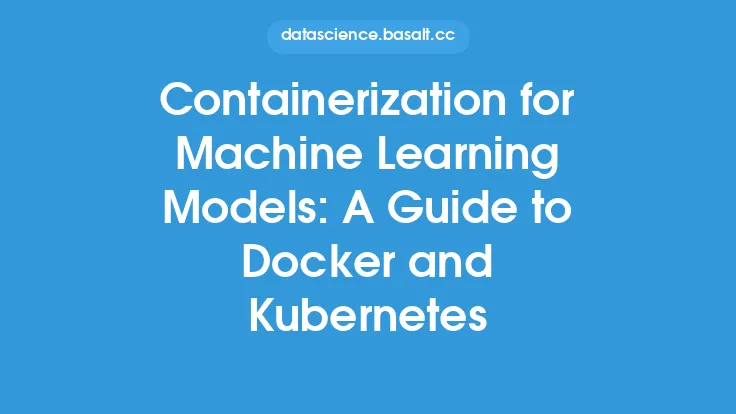Supervised learning is a fundamental concept in machine learning, where an algorithm is trained on labeled data to learn the relationship between input data and the corresponding output. This type of learning is called "supervised" because the algorithm is guided by the labeled data, which serves as a teacher or supervisor, to learn the patterns and relationships within the data. The goal of supervised learning is to enable the algorithm to make accurate predictions on new, unseen data.
What is Supervised Learning?
Supervised learning is a type of machine learning where the algorithm is trained on a dataset that contains input data and corresponding output labels. The algorithm learns to map the input data to the output labels, and once trained, it can be used to make predictions on new data. The key characteristics of supervised learning are that the algorithm is trained on labeled data, and the goal is to make predictions on new data. Supervised learning is commonly used in applications such as image classification, speech recognition, and natural language processing.
Types of Supervised Learning
There are two main types of supervised learning: classification and regression. Classification is a type of supervised learning where the output is a categorical label, such as spam or not spam, or dog or cat. Regression, on the other hand, is a type of supervised learning where the output is a continuous value, such as a price or a temperature. Both classification and regression are widely used in machine learning applications, and the choice of which one to use depends on the specific problem and the type of data.
How Supervised Learning Works
The supervised learning process typically involves the following steps: data collection, data preprocessing, model selection, training, and evaluation. Data collection involves gathering the input data and corresponding output labels. Data preprocessing involves cleaning and preparing the data for training, which may include handling missing values, normalization, and feature scaling. Model selection involves choosing a suitable algorithm for the problem, such as linear regression or decision trees. Training involves feeding the labeled data to the algorithm, which learns to map the input data to the output labels. Evaluation involves testing the trained model on a separate dataset to estimate its performance.
Advantages of Supervised Learning
Supervised learning has several advantages, including high accuracy, interpretability, and flexibility. Supervised learning algorithms can achieve high accuracy on a wide range of problems, especially when the data is well-labeled and the relationship between the input and output is complex. Supervised learning models are also interpretable, meaning that the relationships between the input and output can be understood and explained. Additionally, supervised learning algorithms can be used for a wide range of applications, from simple regression problems to complex image classification tasks.
Challenges of Supervised Learning
Despite its advantages, supervised learning also has several challenges. One of the main challenges is the need for labeled data, which can be time-consuming and expensive to obtain. Additionally, supervised learning algorithms can suffer from overfitting, where the model becomes too complex and fits the noise in the training data rather than the underlying patterns. Regularization techniques, such as L1 and L2 regularization, can help to prevent overfitting. Another challenge is the choice of algorithm, as different algorithms are suited to different problems and datasets.
Real-World Applications of Supervised Learning
Supervised learning has a wide range of real-world applications, including image classification, speech recognition, natural language processing, and recommender systems. For example, supervised learning can be used to classify images of dogs and cats, recognize spoken words, or predict the likelihood of a customer buying a product. Supervised learning is also used in medical diagnosis, where it can be used to classify images of tumors or predict the likelihood of a patient having a disease.
Conclusion
In conclusion, supervised learning is a powerful type of machine learning that can be used to make accurate predictions on a wide range of problems. By understanding the basics of supervised learning, including the types of supervised learning, how it works, and its advantages and challenges, developers and data scientists can build effective supervised learning models that can be used in a variety of applications. Whether it's image classification, speech recognition, or natural language processing, supervised learning is a fundamental tool that can be used to build intelligent systems that can learn from data and make accurate predictions.





